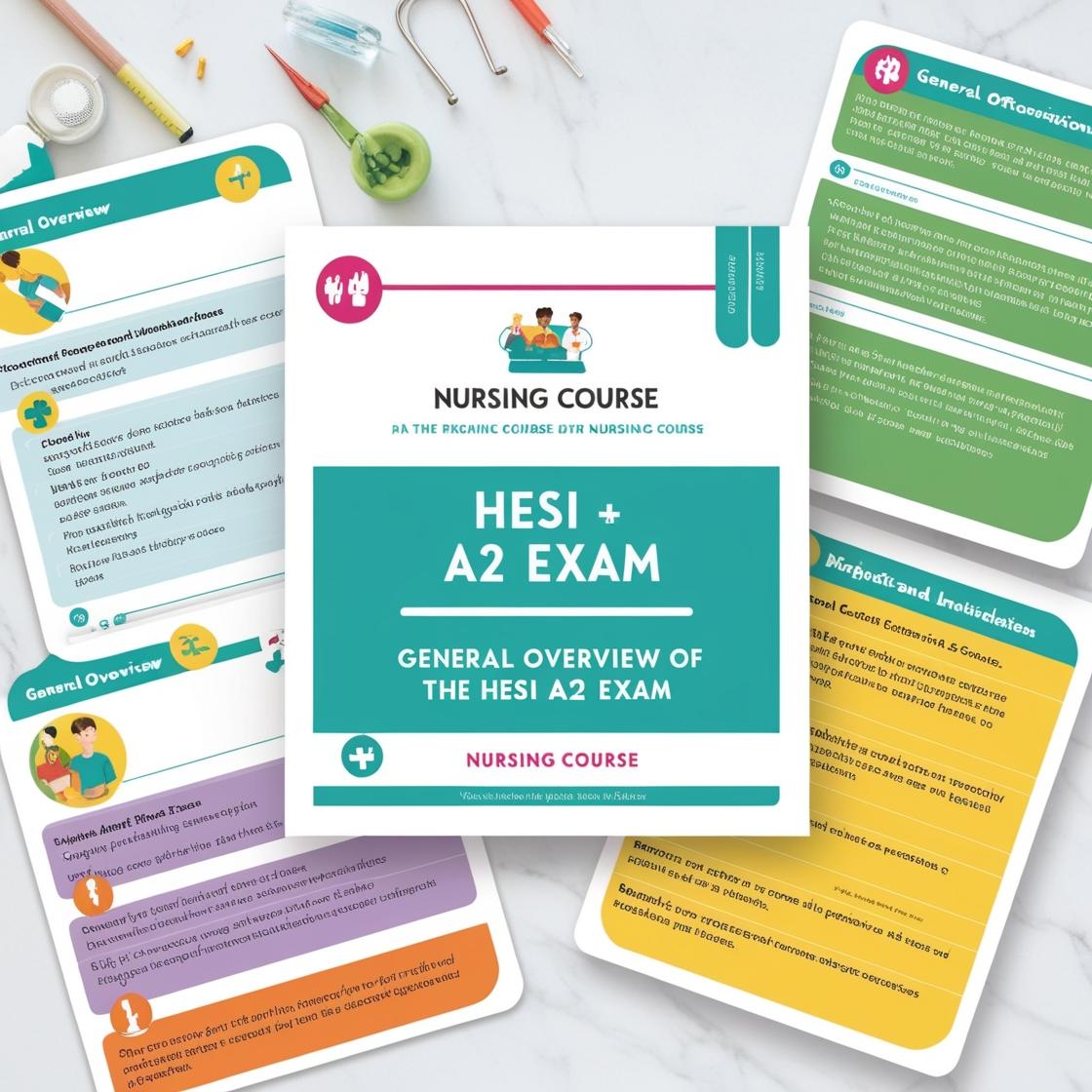HESI A2
Reading Comprehension Practice Test HESI A2
Extract:
1. What is the main idea of the passage about High Fructose Corn Syrup?
- A. The passage discusses the potential health risks associated with consuming HFCS.
- B. High fructose corn syrup may be contributing to obesity.
- C. Manufacturing process of HFCS involves a chemical process.
- D. Rats prefer high fructose corn syrup over other sweeteners.
Correct answer: B
Rationale: The main idea of the passage about High Fructose Corn Syrup is that it may be contributing to obesity in America. This is evident from the information provided in the extract, which discusses how HFCS has been linked to health issues, including obesity. Choice A is incorrect because the passage primarily focuses on the potential health risks associated with HFCS consumption, not just the examination by the American Medical Association. Choice C is irrelevant as it only talks about the manufacturing process of HFCS, which is not the central theme of the passage. Choice D is incorrect as it emphasizes the preference of rats for HFCS, which is a minor point compared to the potential impact on human health, particularly in relation to obesity.
2. Which of the following is not mentioned as a detail in the passage about High Fructose Corn Syrup?
- A. HFCS and sugar share a biological structure.
- B. HFCS is cheaper to use than sugar.
- C. HFCS is now used to sweeten a variety of products.
- D. HFCS contains more calories than aspartame.
Correct answer: D
Rationale: The correct answer is D because the passage does not mention that HFCS contains more calories than aspartame. While the passage discusses the concerns and implications of high fructose corn syrup (HFCS), it does not compare its caloric content to aspartame. Detail A is supported by the passage as both HFCS and sugar share a biological structure. Detail B is also mentioned in the passage, stating that HFCS is cheaper to use than sugar. Detail C is supported by the text, which mentions that HFCS is now used to sweeten a variety of products. However, detail D is never discussed in the passage, making it the correct answer.
3. What is the author’s primary purpose in writing the essay about High Fructose Corn Syrup?
- A. To inform.
- B. To persuade.
- C. To entertain.
- D. To analyze.
Correct answer: A
Rationale: The correct answer is A: 'To inform.' The essay provides detailed information about High Fructose Corn Syrup (HFCS), discussing its impact on health, how it is derived, its link to health issues like obesity, and the ongoing debates surrounding its consumption and health implications. The primary goal of the author is to educate the readers about HFCS and its effects, rather than persuade them to take a particular stance (choice B), entertain them (choice C), or analyze the topic in depth (choice D). The essay presents facts, studies, and expert opinions to inform the audience about the controversies and health risks associated with HFCS consumption, aiming to enhance the readers' knowledge and understanding of this sweetener's implications on health.
4. Choose the best summary of the passage about High Fructose Corn Syrup.
- A. After extensive studies, scientists recommend removing HFCS from grocery products.
- B. A recent study on rats confirms suspicions that HFCS contributes to unhealthful weight gains.
- C. Until more research is done, using HFCS is preferable to replacing it with refined sugar.
- D. Avoiding HFCS can have immediate, healthful results on overweight patients, as suggested by the AMA.
Correct answer: B
Rationale: The best summary of the passage is choice B. The passage discusses concerns about the impact of high fructose corn syrup (HFCS) on health, particularly its link to obesity. It mentions a recent study on rats that confirms suspicions about HFCS contributing to unhealthful weight gains. Choices A, C, and D are incorrect as they introduce recommendations or implications not explicitly mentioned in the passage. Choice A goes beyond the information by stating that scientists recommend removing HFCS from grocery products, choice C suggests that using HFCS is preferable until more research is done, and choice D implies immediate healthful results on overweight patients by avoiding HFCS, as suggested by the AMA, which is not supported by the passage.
Extract:
5. What does the term elasticity mean, as used in the passage about Hypertension?
- A. Firmness.
- B. Compactness.
- C. Flexibility.
- D. Rigidity.
Correct answer: C
Rationale: Elasticity, as used in the passage about Hypertension, refers to the stretchiness or flexibility of blood vessels. The text mentions that blood vessels lose elasticity and stiffen as a person ages, indicating that they become less flexible. This eliminates choices A and D (Firmness and Rigidity) as the correct answers. Choice B (Compactness) is unrelated to the concept of elasticity in the context of blood vessels and is therefore incorrect. Understanding elasticity as the ability to stretch or flex helps in choosing flexibility as the correct answer.

Access More Features
HESI A2 Basic
$89/ 30 days
- 3,000 Questions with answers
- 30 days access
HESI A2 Premium
$129.99/ 90 days
- Actual HESI A2 Questions
- 3,000 questions with answers
- 90 days access
